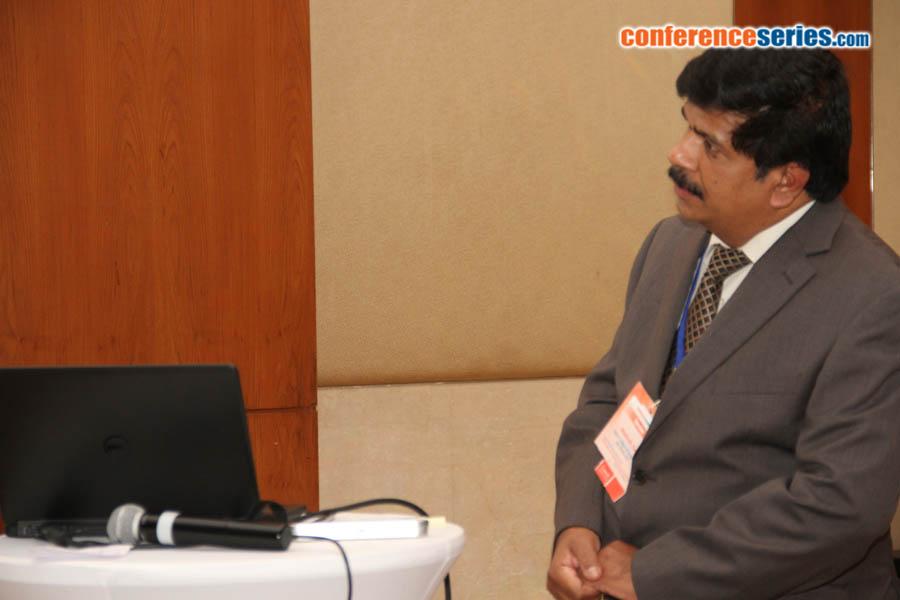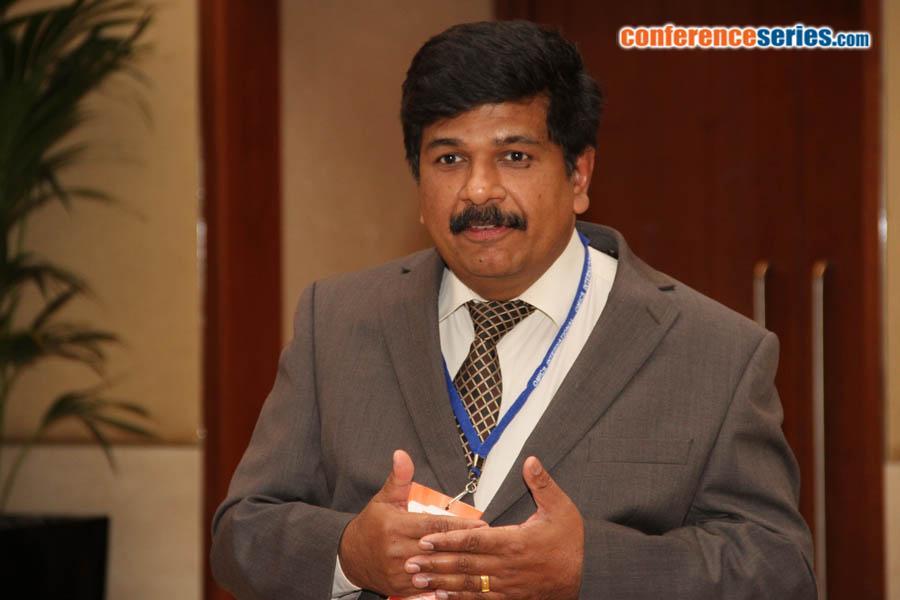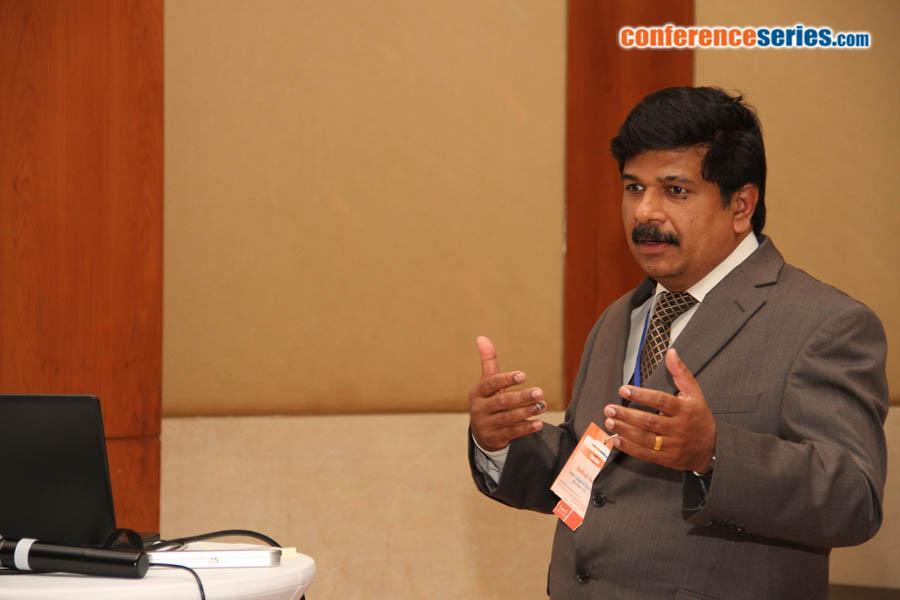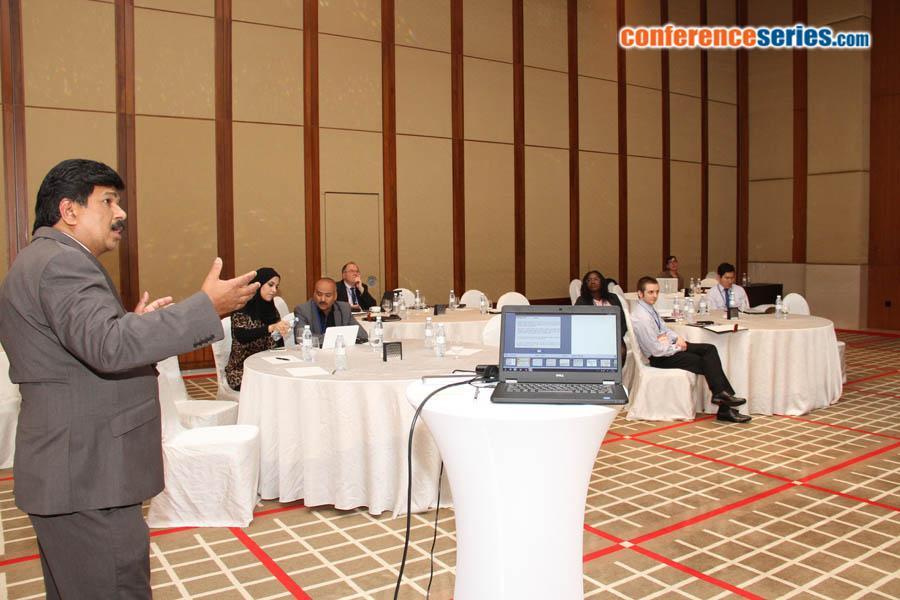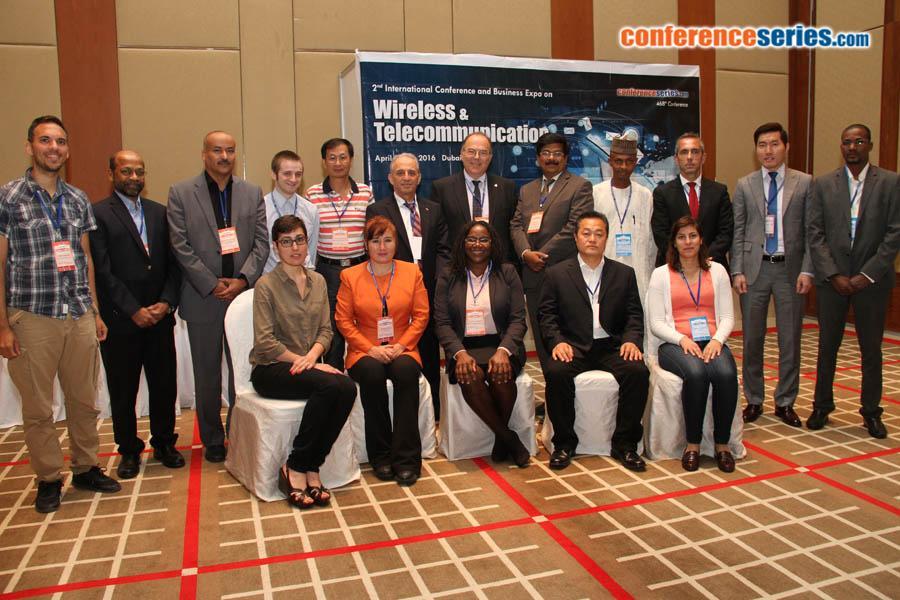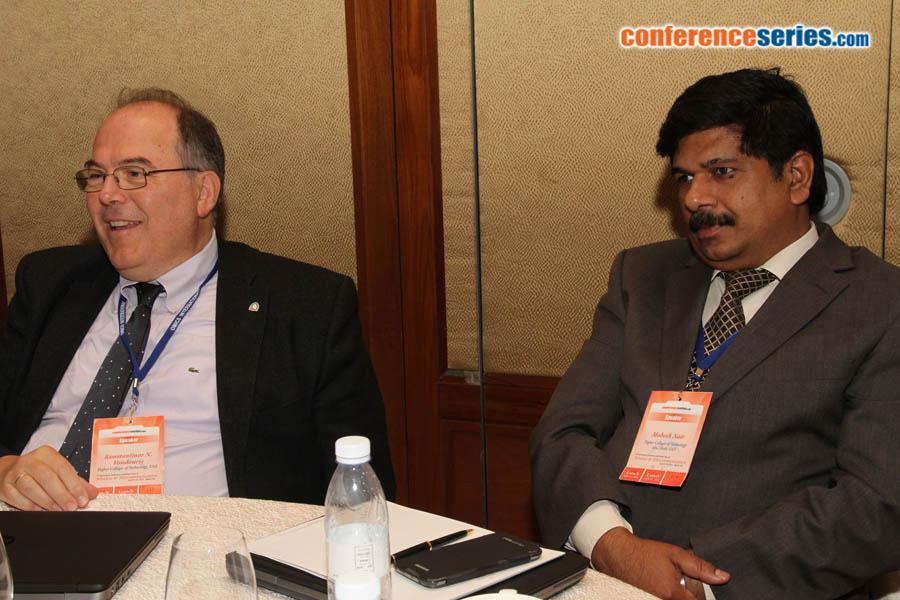
Mahesh Nair
Higher Colleges of Technology, Abu Dhabi, UAE
Title: Hybrid Fusion Receiving System to Improve Spectrum Monitoring Efficiency
Biography
Biography: Mahesh Nair
Abstract
Improving spectrum management and monitoring efficiency is the need for the day as the spectrum usage is skyrocketing and proper management of the spectrum opens doors to an effective usage of it. The traditional approach of spectrum monitoring is not very efficient as the spectrum allocation is carried out on a static allocation policy. The spectrum management is inefficient as the governmental agencies allocate the spectrum to users for large geographical regions on a long term basis and mostly it is underutilized. With the increasing demand of the spectrum, it is important to have dynamic spectrum monitoring and allocation policy to manage the spectrum more efficiently. Fusion of signals from multiple receivers, at sensor, data or information level, will result in accurate spectrum monitoring and thereby the accurate assessment of usage of different bands by primary, secondary or illegal users. Wireless communication is very much in demand these days and the quality of reception is of utmost importance especially in medical, military and industrial applications. This study is to investigate how information, data or hybrid fusion of same signals from multiple receivers improves the accuracy of reception when compared to reception by a single receiver. This study will focus on the use of hybrid sensor and information fusion to improve signal reception for a Multi Receiving digital communication System using Bi-linear Time-Frequency Analysis as a tool for parameter extraction, in a multi-path fading environment. Performance of classifiers is evaluated by comparing their performance at different SNRs. Due to the different propagation characteristics to each receiver; the classification accuracy will be different. This method aims at combining the signal at sensor level and decision level hence making it a novel hybrid method of multi sensor information fusion. Findings of this research will have a tremendous impact on the international community as this can be applied particularly to countries and cities where there is heavy usage of RF spectrum.

